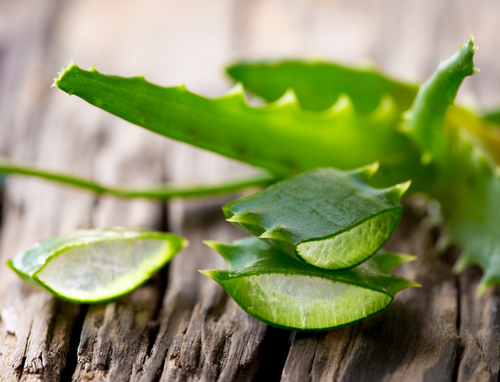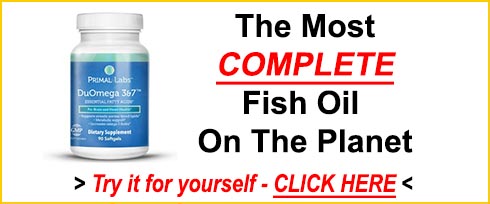Aloe Vera, the most commercialized of the 360 aloe species, is ubiquitous and found in everything from soaps, shampoos, creams, face washes and even health beverages. This single aloe species has been used for thousands of years and touted as a wonder medicine by people all over the world.
Many botanists and historians agree that the Aloe Vera plant most likely originated in the warm, dry climates of Africa. However, because the plant is incredibly adaptable, and because so many nomads carried it with them as they traveled from place to place, it can now be found in most warm climates.
Virtues of this wonder plant have been recorded by some of the greatest civilizations on the planet, from Egypt and Persia in the middle East, to Italy and Greece in Europe, and India and the African continent. The plant is found and used throughout Asia and the Pacific as well as the Caribbean for its heling power.
Many believe that healing power was first documented back in B.C.E 2200 on a Sumerian Clay tablet, which was discovered awhile back in the city of Nippur. The Ebers Papyrus and the Edwin Papyrus (ca. 1552 BCE), two of the oldest and most profound medical documents known to civilization, recorded ancient Egyptian medical men using Aloe Vera.
What makes Aloe Vera, a clear gel-like substance that is approximately 99% water, so beneficial to our health? That answer most likely stems from the fact that Aloe Vera contains over 200 active components including vitamins, minerals, amino acids, enzymes, polysaccharide, and fatty acids.
Here are some ways this wonder plant can benefit your family’s life.
Aloe Vera is High in Amino Acids & Fatty Acids
Your body needs amino acids so that it can build protein. There are roughly 22 amino acids that are necessary for our bodies and it is thought that 8 of these are essential. Aloe Vera is believed to contain 18 – 20 amino acids, including all of the 8 essentials.
Aloe Vera also contains a variety of essential fatty acids which are responsible for everything from lowering fats in the blood, to reducing allergy symptoms and acid indigestion.
Aloe Helps with Digestion
One of the biggest components of good health is proper digestion. According to the American Nutrition Association, 70 million Americans currently suffer from some form of digestive upset such as heartburn, acid reflux, GERD (gastro esophageal reflex disorder), IBS (irritable bowel syndrome), indigestion constipation, diarrhea, and abdominal pain.
Aloe Vera is known to soothe the digestive tract and help improve digestion. The cool thing about taking aloe internally is that, because it is an adaptogen, it helps with either constipation or diarrhea, helping to regulate your elimination cycles in whatever way you need, much like psyllium (though much gentler on your system). Leave it to nature to be so brilliant.
Aloe Vera also gets rid of “bad” bacteria in your GI tract as well as any intestinal worms.
Cardiovascular Health
A study published in the 2000 issue of the British Medical Journal found that Aloe Vera injected into the blood significantly increased the oxygen transportation and diffusion capabilities of the red blood cells. The study also found that the beta sitosterol found in Aloe Vera has the ability to lower cholesterol and, as a result, participants maintained healthy blood pressure levels. Those looking to regulate blood pressure, improve circulation, lower cholesterol and make the blood less sticky should consider drinking Aloe Vera juice.
Of course, the real markers of healthy blood pressure are flexible blood vessels and clear arteries. Find out how you make an instant impact on the health of your blood vessels in just seconds!
Aloe Helps Boost the Immune System
Our immune systems are designed to keep us healthy from disease and infection. But many of us don’t help our immune systems do its job. Thanks to too little sleep, too much stress, and a diet consisting of far too many processed foods, modern mans’ immune system is limping along.
Besides taking vitamin C every day, try taking Aloe Vera juice. The polysaccharides in Aloe Vera juice stimulate macrophages, which are the white blood cells of your immune system that fight against viruses. Plus, aloe contains a high level of anti-oxidants, which help combat the unstable compounds known as free-radicals, contributing to the aging process.
Aloe Vera is Great for Your Skin
It’s a well-known fact that Aloe Vera offers many wonderful healing properties for the skin, which is why it is used in numerous ways throughout the cosmetics industry. Aloe Vera helps heal wounds like burns and bug bites. Your grandmother may have always had some aloe very in the kitchen to help heal those nasty burns from the stove.
Besides helping the wounds to heal, Aloe Vera is an analgesic, so it helps fight wound pain as well. This is why aloe is used in so many creams and lotions formulated for treating sunburn.
But wait, there’s more…
Aloe Vera increases the elasticity of the skin through collagen and elastin repair. It’s also an emollient so it helps make your skin soft and smooth. If you haven’t been using the power of aloe to help fight the signs of skin aging, why not start now?
Now that you know some of the amazing benefits aloe offers, you’re probably wondering the best way to incorporate it into your life. There are a couple of ways.
Of course you can keep an Aloe Vera plant in your house and when needed break off a bit of the plant and rub on cuts and burns. A word of caution if you have pets in the house. Though the greenish goo in the middle of the leaf is safe (this is what the gel is made from) the white sap around the edges, the latex, can cause problems for dogs and cats. So, best to keep the plant in a room with plenty of sunlight but that pets are kept out of.
Second, you can buy Aloe Vera juice and keep a bottle in your fridge. The juice can be used internally and externally. This is the way I go, as I love to splash some on my face and add it to smoothies.
A word of caution, though aloe is incredibly beneficial for your health, a little goes a long way as the plant is potent. Most bottles will recommend a certain dosage and I recommend following that. But avoid taking long term internally as it could lead to loss of electrolytes, especially potassium. So, take a little a few days a week for a month and then lay off for a month. Also, listen to your body. You may find that when you first ingest you feel no reaction. After a few weeks you may notice that when you take it you have a little gag reflex. This is your body’s way of saying, the first “treatment” ran its course and I don’t need any for awhile.
If you’ve had success using Aloe Vera either internally or externally, tell us in the comments below.
 Validating...
Validating... 






3 Comments